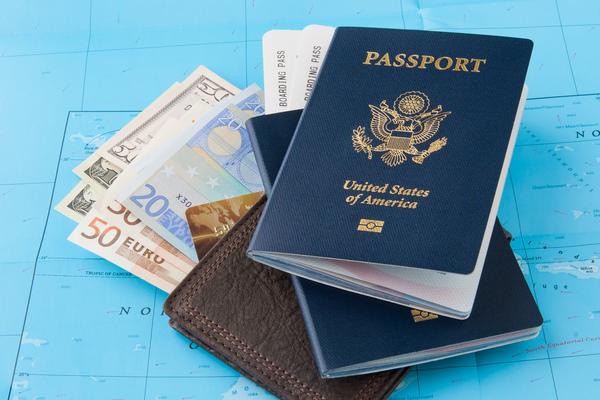High gas prices and widespread inflation have changed the way many Americans viewed travel this summer, but a recent survey found that the average trip cost has actually decreased overall compared to pandemic and pre-pandemic years.
Travel insurtech company Squaremouth.com found the average trip cost through early July was around $5,300, down from the average of $5,800 in 2020 and $6,000 in 2019. Data also showed that domestic travel cost more than international vacations for the second year in a row.
ADVERTISING
The study found the average cost of a domestic trip was roughly $500 more than an international trip, with travelers under 50 years old spending about $400 more per trip compared to 2019.
Trending Now

“While there has been some relief with regards to pricing, I’ve noticed some continued hesitancy to book due to fuel prices and airfare,” travel agent John Maddox said. “Airfare is the number 1 deterrent that is holding back my all-inclusive resort business. It is also forcing clients to book shorter cruises. People are not as ready to book even into 2023 because of the uncertainty around the current economic situation.”
Additional data from InsureMyTrip found that travelers are paying less to vacation at some of the most popular destinations, with the average trip cost for Week 1 and Week 28 of 2022 in the United States falling from $4,066 to $4,042.
In Mexico, the average trip cost dropped from $3,809 to $3,631, while vacations in The Bahamas fell from $3,754 to $3,284.
While trip costs appear to be trending in the right direction, prices are still higher than last year and before than pandemic. In 2022, the average cost was around $5,051, up from $4,405 in 2021 and $4,767 in 2019.
“I’m very glad that both airline and cruise prices continue to become more affordable,” cruise specialist Scott Lara said.
A report from Mastercard also indicated that “runaway inflation” was hurting the spending habits of lower-income customers, including travel purchases. Data showed that cardholders are shifting their priorities from big-ticket items to essentials and groceries.
Mastercard reported the strongest summer travel season since the start of the pandemic, thanks to pent-up demand and the easing of coronavirus-related restrictions. Cross-border volumes also jumped 58 percent on a local currency basis in the second quarter, increasing dollar volumes on the company’s network by 14 percent to $2.1 trillion.
“In the United States, what you are seeing is a declining trend in terms of the growth rates on the lower income side of things,” Mastercard Chief Financial Officer Sachin Mehra said.
For the latest travel news, updates and deals, be sure to subscribe to the daily TravelPulse newsletter here.





